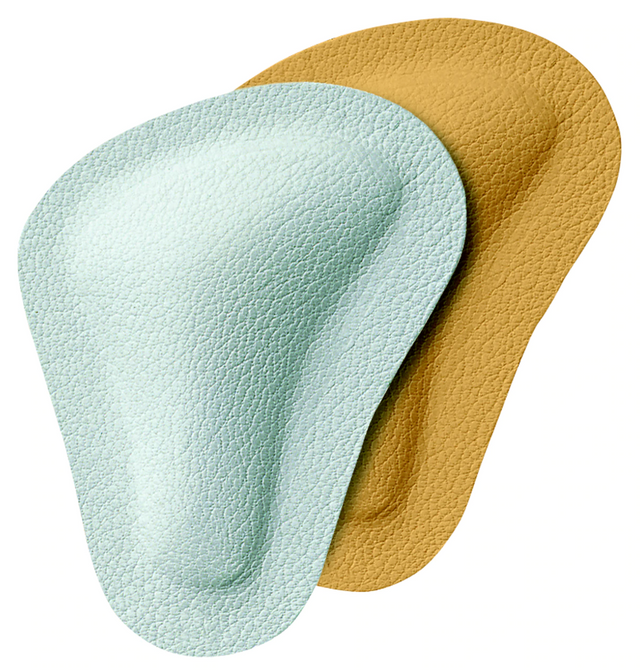9 products
Foot Health Tools for Pain-Free Living and Natural Movement
Foot Health Tools
Discover our range of foot health tools designed to promote pain-free living and restore your natural movement. These carefully selected products support healthy feet, improved posture, and balance, helping you stay active and comfortable. Step strong and enjoy the benefits of natural foot alignment with tools that encourage lifelong wellness.













